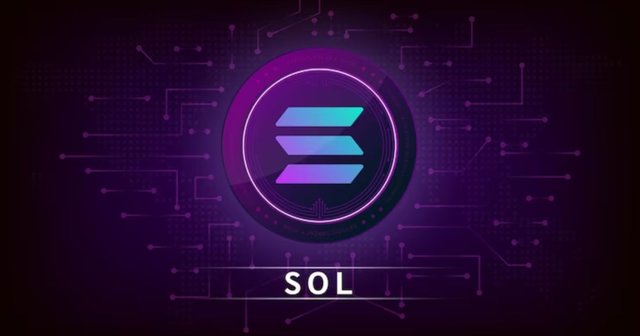Mastering Solana: A Guide to Token Development

In the fast-paced world of blockchain technology, Solana has emerged as a prominent player, renowned for its high throughput and low transaction costs. Solana's architecture, which combines proof-of-stake (PoS) with proof-of-history (PoH), offers an innovative solution to the scalability issues faced by many blockchain networks. For developers looking to create tokens, Solana provides a robust platform that supports rapid and efficient development. This guide will walk you through the essential steps to mastering token development on Solana.
Why Choose Solana for Token Development?
Speed and Scalability
Solana can handle thousands of transactions per second (TPS), thanks to its unique consensus mechanism. This high throughput makes it an attractive option for applications requiring fast and scalable solutions, such as decentralized finance (DeFi) projects and gaming platforms.
Low Transaction Costs
Transaction fees on Solana are significantly lower compared to other blockchain networks like Ethereum. This cost efficiency is particularly beneficial for developers and users engaging in frequent transactions.
Developer-Friendly Ecosystem
Solana's ecosystem includes comprehensive documentation, a growing library of development tools, and an active community, making it easier for developers to get started and find support when needed.
Getting Started with Solana
Setting Up Your Development Environment
Before diving into token development, you need to set up your development environment. Follow these steps to get started:
Install Rust: Solana's programs are written in Rust, so you'll need to install the Rust programming language. You can download and install Rust from here.
Install Solana CLI: The Solana Command Line Interface (CLI) is essential for interacting with the Solana blockchain. Install it by running:
Set Up a Wallet: Create a wallet to manage your tokens. You can use the Solana CLI to generate a new wallet:
Understanding Solana Programs
In Solana, smart contracts are referred to as "programs." These programs are deployed on-chain and can be invoked by transactions. Understanding how to write and deploy these programs is crucial for token development.
Creating Your First Token
Creating a token on Solana involves writing a program that defines the token's behavior and deploying it to the blockchain. Here's a simplified overview of the process:
Define the Token: Create a Rust program that defines your token's characteristics, such as its supply, minting, and burning functions. You can use the Solana Program Library (SPL) as a reference.
Compile the Program: Use the Solana CLI to compile your Rust program into a deployable binary:
Deploy the Program: Deploy the compiled program to the Solana blockchain using the CLI:
- Create the Token Account: Once the program is deployed, create an account to hold your tokens. This involves sending a transaction to the Solana network that interacts with your deployed program.
Mint Tokens: Use your program to mint new tokens and distribute them to the token account. This can be done by invoking the minting function defined in your program.
Managing Your Token
Interacting with the Token
After creating your token, you can interact with it using the Solana CLI or various development tools. This includes transferring tokens between accounts, checking balances, and managing token supply.
Integrating with dApps
Tokens on Solana can be integrated into decentralized applications (dApps) to provide additional functionality. This might involve using your token for payments, staking, governance, or other use cases specific to your dApp.
Security Best Practices
Ensuring the security of your token and associated programs is paramount. Follow these best practices to enhance security:
- Code Audits: Regularly audit your code to identify and fix vulnerabilities.
- Use Established Libraries: Leverage established libraries like the Solana Program Library (SPL) to minimize security risks.
- Monitor Activity: Continuously monitor the blockchain for any suspicious activity related to your token.
Conclusion
Solana offers a powerful platform for token development, combining high speed, low costs, and a supportive ecosystem. By following the steps outlined in this guide, you can create, deploy, and manage tokens on Solana with confidence. Whether you're building a new DeFi project, a gaming platform, or another blockchain-based application, mastering Solana's token development capabilities will be a valuable asset in your toolkit.
Further Resources
- Solana Documentation
- Solana Program Library (SPL)
- Solana GitHub
- Rust Programming Language
Embark on your token development journey with Solana and leverage its cutting-edge technology to bring your blockchain projects to life.